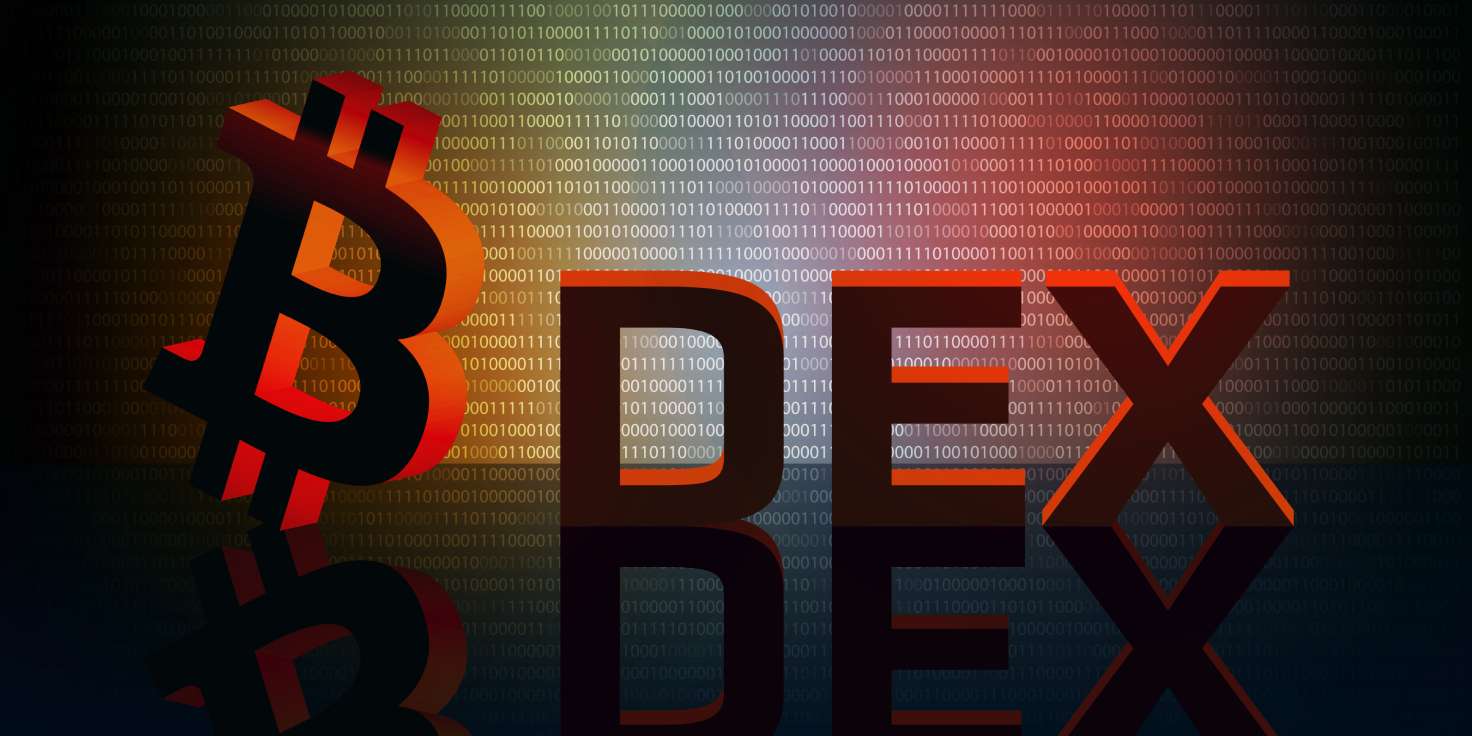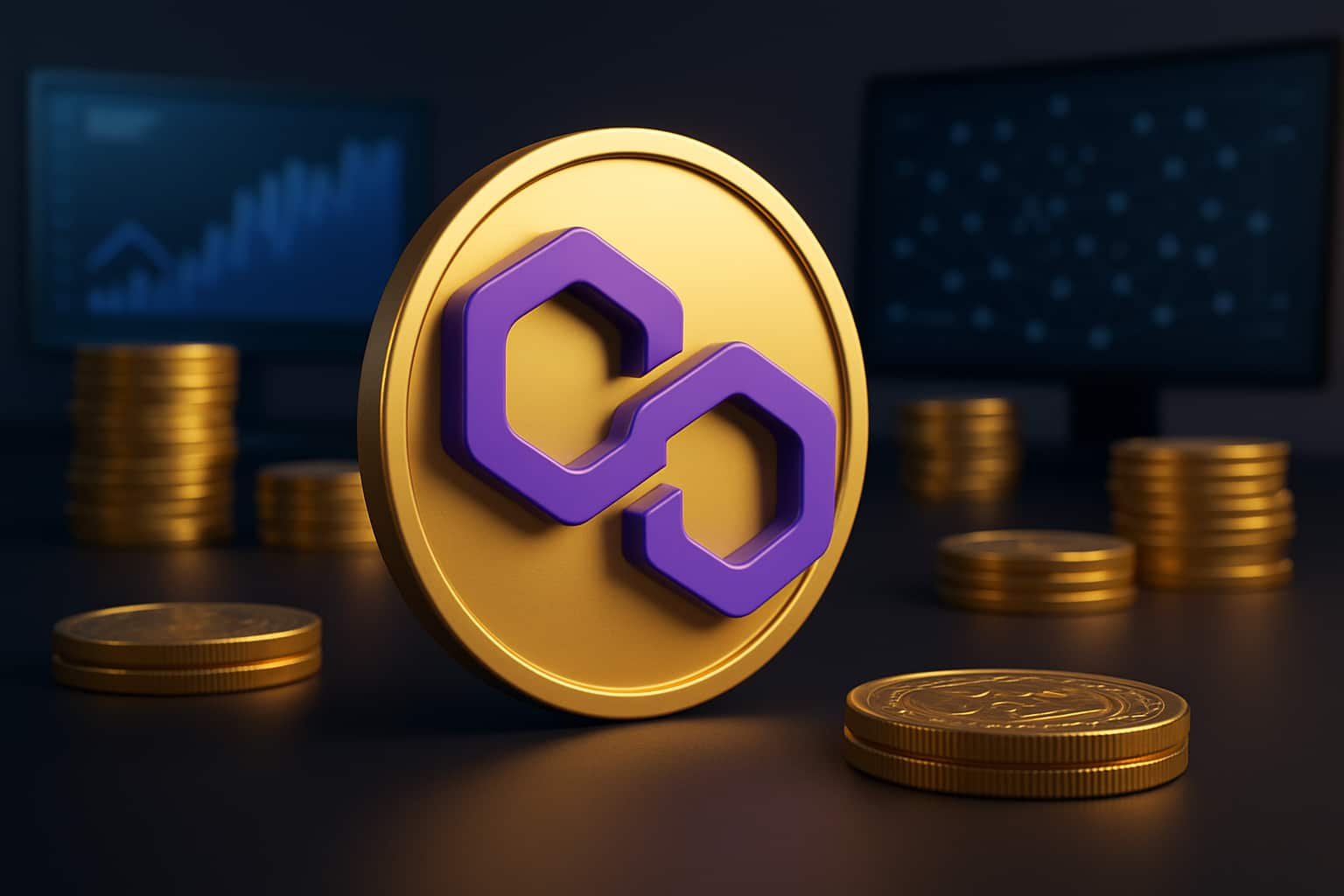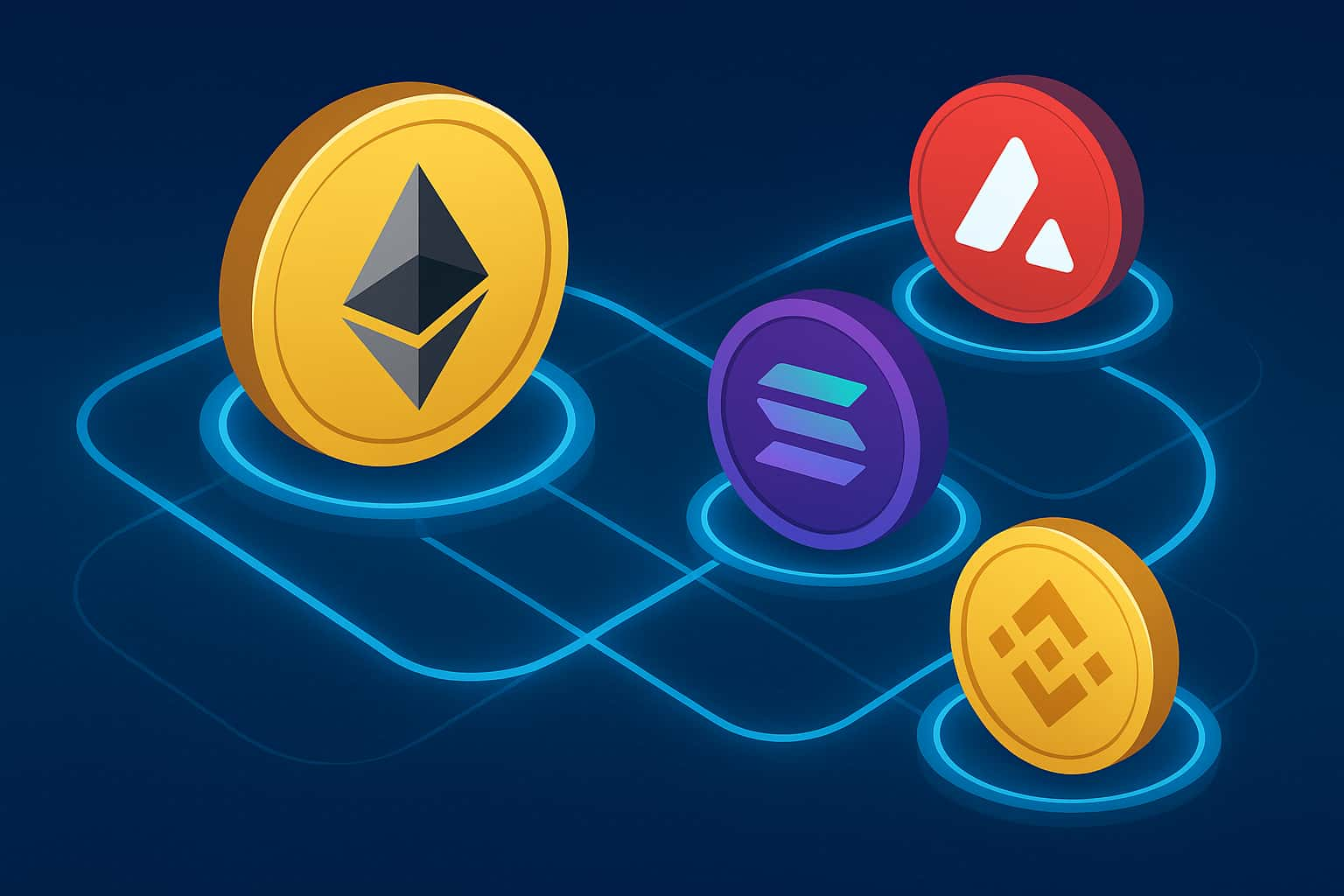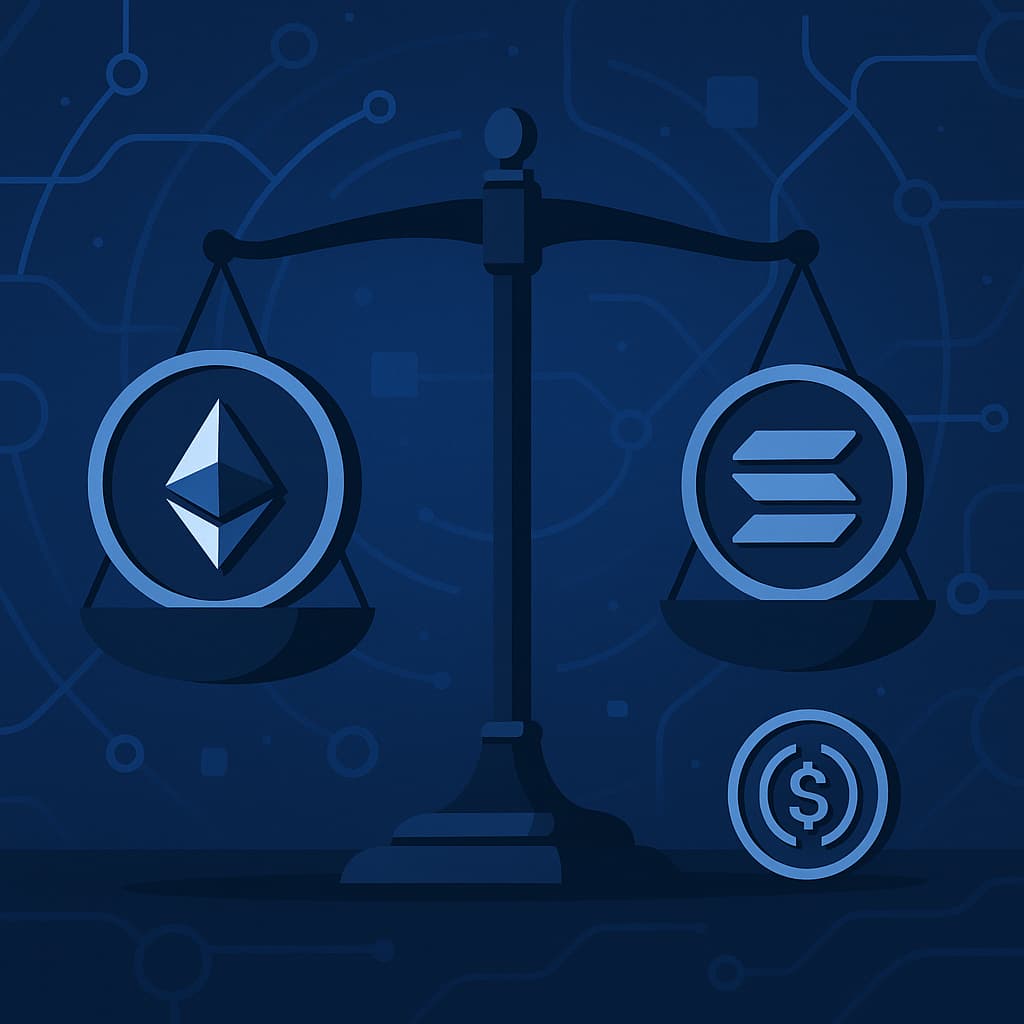Automated Market Makers (AMMs)
AMMs replaced order books with liquidity pools. Liquidity providers deposit token pairs, and an algorithm sets prices using formulas such as constant product (Uniswap), constant sum, or curve-based models (Curve Finance). AMMs deliver 24/7 liquidity but face issues like impermanent loss and price slippage.

 Blockchain Application Development
Blockchain Application Development
 Fintech Blockchain App Development
Fintech Blockchain App Development
 Hyperledger Application Development
Hyperledger Application Development
 STO Development Services Company
STO Development Services Company
 Exchange Development
Exchange Development
 Cryptocurrency Wallet Development
Cryptocurrency Wallet Development






